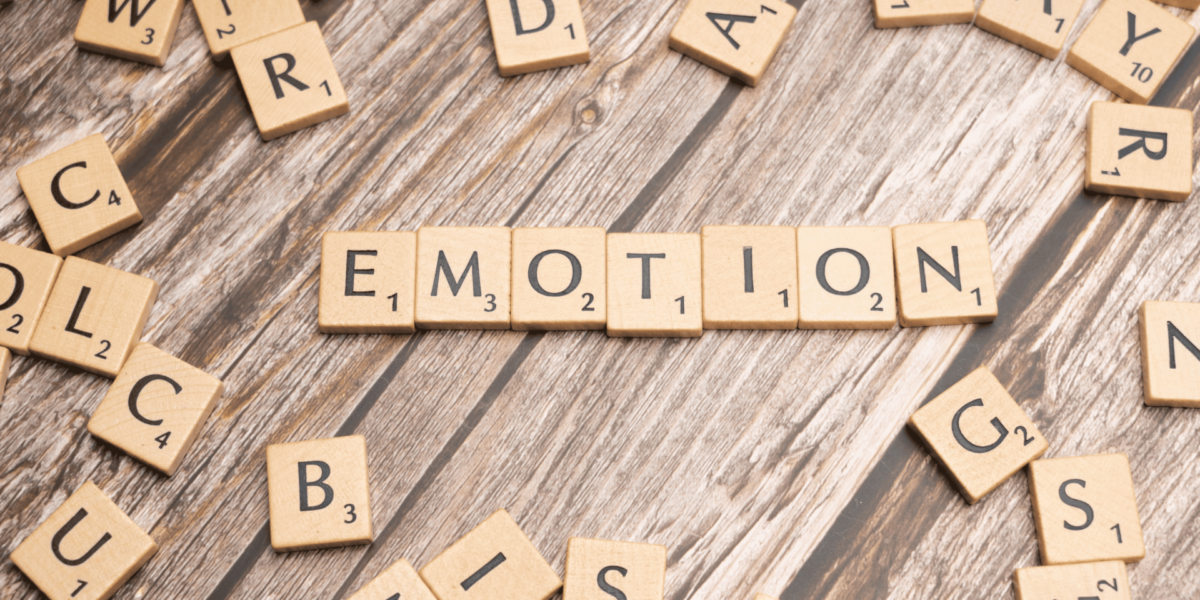Memory-Driven Design Creates Familiarity
Digital interfaces become more effective when they align with emotional memory. Users respond to visual cues, layouts, and interactions that echo familiar objects or past experiences. These design elements create an immediate sense of comfort and trust.
When users recognize patterns that mirror something they’ve seen or touched before, they navigate more easily. Familiarity reduces the learning curve and increases engagement by building a connection between past experiences and present tasks.
Emotional Triggers Guide Visual Choices
Colors, textures, and layout styles often carry emotional associations. Designers who understand this use visual elements that activate memory-linked responses. For instance, a warm-toned background may recall printed materials, while a soft shadow might remind users of older interfaces.
These choices are deliberate. They go beyond aesthetics to enhance usability by connecting with emotions tied to memory. This approach gives digital products a sense of depth, even when the interaction takes place on a flat screen.
Interaction Design Builds on Past Behaviors
Users bring behavioral memory into every digital interaction. When a slider, button, or menu mimics a physical counterpart, it taps into motor memory. Users feel instinctively confident using tools that reflect how real-world objects work.
Designers reinforce this connection through responsive elements. Tactile animations, sound cues, and interface feedback simulate the familiar sensations of touch, movement, or sound. This interaction design makes digital experiences feel intuitive, even without physical contact.
Layout Structure Reflects Mental Models
The organization of digital space affects how users process information. People form mental models based on prior interactions with tools, platforms, and environments. Interfaces that reflect those models improve usability.
A digital platform that mirrors the structure of a familiar system helps users predict outcomes and locate features faster. This mental alignment reduces friction and increases task efficiency.
Nostalgic Design Enhances Engagement
Nostalgia connects deeply with memory and emotion. Designers sometimes incorporate retro-inspired elements to trigger that connection. This doesn’t mean simply copying old styles—it involves translating familiar aesthetics into current digital forms.
When done well, nostalgic design invites users to stay longer and explore more. It creates a bridge between past and present that strengthens emotional connection without sacrificing modern function.
Storytelling Elements Strengthen Emotional Connection
Every digital product tells a story, even if it’s subtle. Visual hierarchies, transitions, and microinteractions contribute to a user’s emotional journey. Designers use these tools to guide attention, reinforce key messages, and shape memory.
A consistent visual narrative helps users remember how to use a product and why it matters. Storytelling in design isn’t just about content—it’s about structure, rhythm, and emotional flow.
Realistic Scenario: Designing for Memory Recall
Imagine building an educational platform for adult learners. Many users haven’t used learning tools in years. To reduce friction, designers integrate features that mimic physical notebooks and classroom environments. Tabs resemble dividers, fonts mimic chalk or ink, and modules follow a clear sequence.
These decisions aren’t aesthetic flourishes—they help users reconnect with a part of their memory tied to learning. As a result, they navigate the platform more confidently and retain more information.
Subtle Cues Improve Retention
Small details make a big difference in memory-based design. The position of icons, the sequence of steps, and the rhythm of interaction all influence user retention. When users encounter familiar cues in these areas, they are more likely to remember how to use a product.
By repeating certain patterns and limiting unnecessary variation, designers create systems that stick. This approach improves both usability and satisfaction.
Sensory Associations Reinforce Design Impact
Visual design doesn’t work alone. Sound, haptics, and animation add layers of sensory information that strengthen memory. These cues build consistency across devices and platforms.
A digital product that responds with familiar sounds or animations increases emotional engagement. It becomes more than a tool—it becomes an experience rooted in sensory memory.
Memory Shapes User Expectations
User expectations are shaped by past experiences. When those expectations align with interface design, users feel in control. When design breaks those expectations without clear purpose, confusion increases and satisfaction drops.
Designers use memory-informed frameworks to meet expectations and reduce uncertainty. This approach results in smoother interactions, fewer mistakes, and stronger brand connection.
Designing for Emotional Memory
Memory shapes how users interact with digital tools. By designing with memory in mind, interfaces become more engaging, efficient, and emotionally resonant. This approach transforms digital experiences into meaningful interactions.
When users feel something familiar, they trust more, explore more, and return more often. Memory is not a limitation—it is the foundation of effective design.
